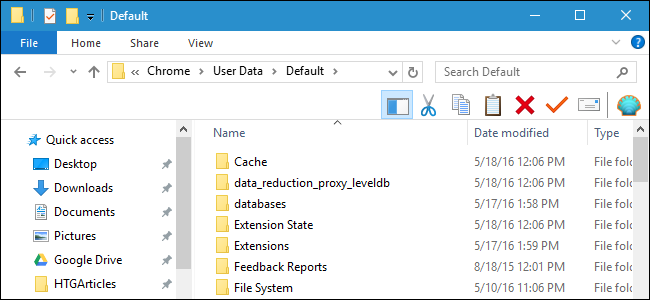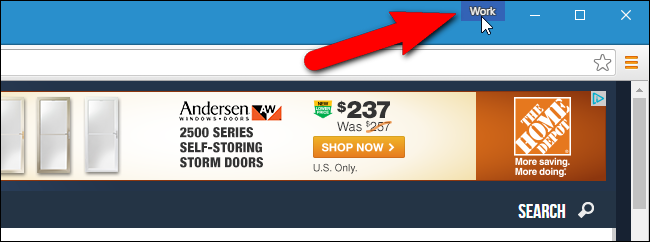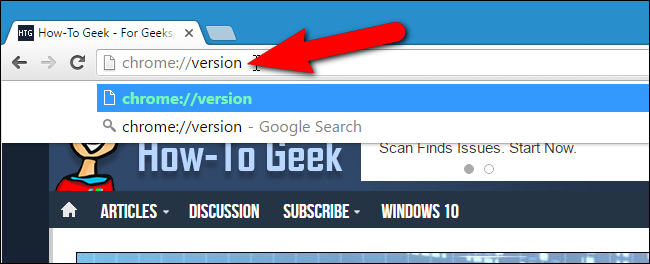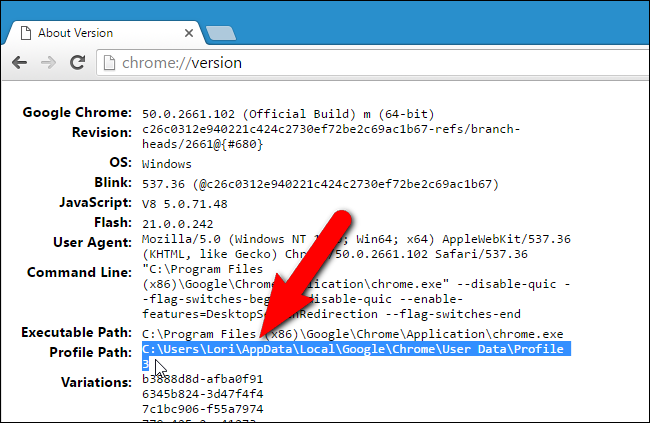Your Chrome profile stores your browser settings, bookmarks, extensions, apps, and saved passwords. Your profile is stored in a separate folder on your computer, so if anything goes wrong with Chrome, your information is saved.
If you ever run into any problems with Chrome, trying a fresh profile can help you troubleshoot. Some tweaks may also require you to manually locate and edit your Chrome profile, so it's handy to know where it is.
The location for Chrome’s default profile folder differs depending on your platform. The locations are:
-
Windows 7, 8.1, and 10:
C:\Users\<username>\AppData\Local\Google\Chrome\User Data\Default -
Mac OS X El Capitan:
Users/<username>/Library/Application Support/Google/Chrome/Default -
Linux:
/home/<username>/.config/google-chrome/default
Just replace
<username>
with the name of your user folder. The default profile folder is simply named Default (or default in Linux). However, if you’ve created additional profiles, their folder names are not as obvious. The name you assigned to the profile when you created it displays on a name button on the right side of the title bar on the Chrome window. Unfortunately, the name Chrome uses on the associated profile folder is a generic, numbered name like “Profile 3”.
If you need to edit one of your other profiles, you can figure out its folder name quite simply. Each time you switch profiles, a new Chrome window opens using that profile. In the Chrome window showing the profile on the name button that you want to find, enter
chrome://version
in the address bar and press Enter.
The “Profile Path” shows the location of the current profile. For example, the location of my “Work” profile in Windows 10 is actually
C:\Users\Lori\AppData\Local\Google\Chrome\User Data\Profile 3
. You can select the path and copy it and paste it into File Explorer in Windows, the Finder on OS X, or into a file manager like Nautilus in Linux to access that folder.
To back up your profile(s), copy the Default profile folder and any numbered Profile folders in the UserData folder on Windows, the Chrome folder on Mac OS X El Capitan, or the google-chrome folder in Linux to an external hard drive or a cloud service. You can completely reset Google Chrome by deleting (or renaming or moving) the data (User Data, Chrome, or google-chrome) folder. The next time you start Chrome, a new data folder will be created with a fresh default profile.
If you really want to get your hands dirty, you can set up multiple profiles with different browser settings, bookmarks, extensions, apps, and saved passwords. This is useful if you want to test things like extensions, or troubleshoot problems in Chrome without messing up your main profile. You could even have different profiles for different users, or different situations like “Work” and “Personal”.




